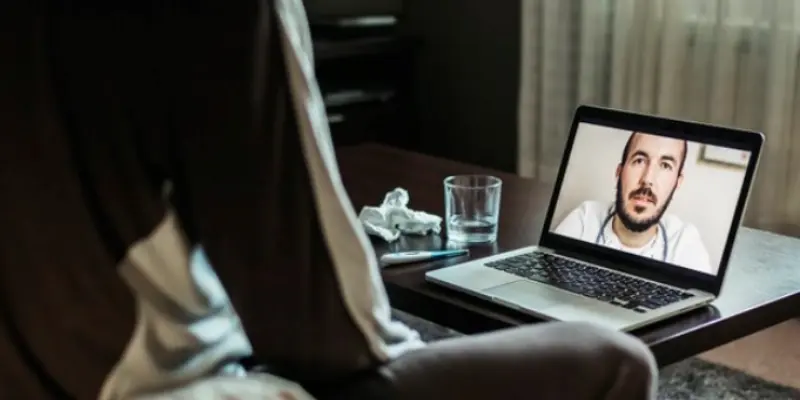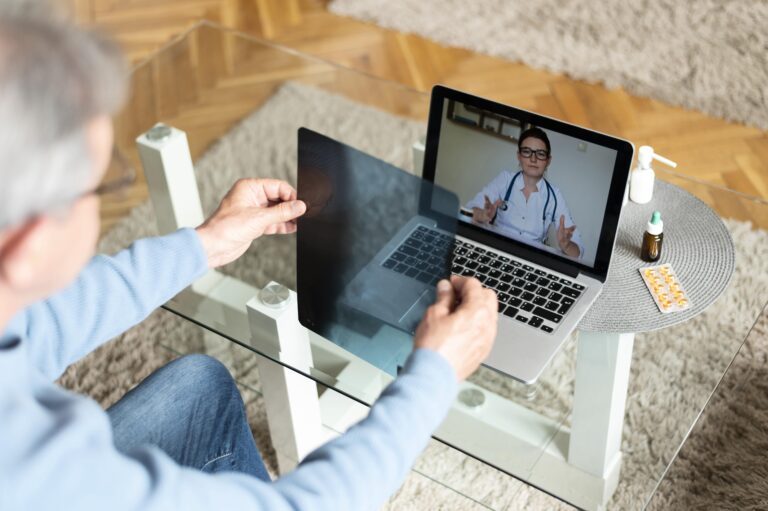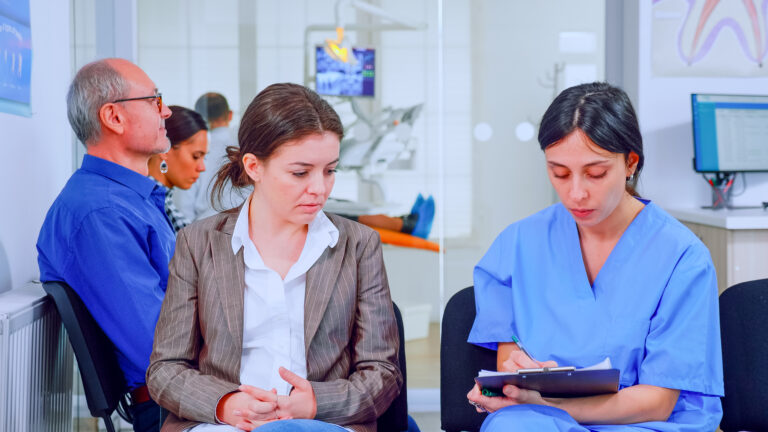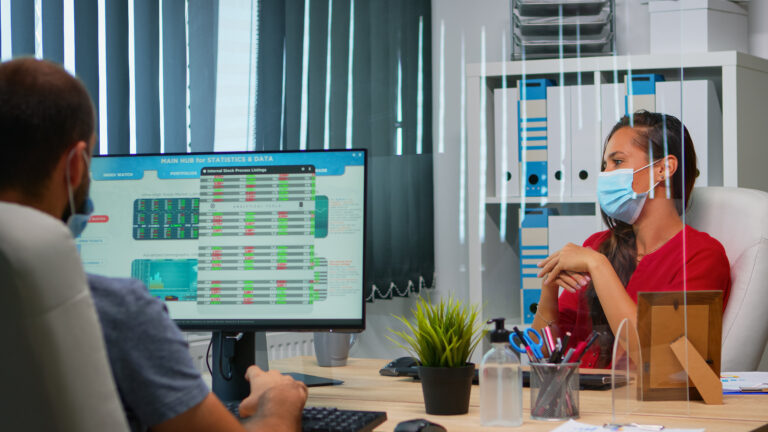What is Remote Patient Monitoring?
A healthy population is the foundation of any country. If you are healthy, you can work for more hours, provide for yourself and your families and contribute to your country’s GDP. The outbreak of Covid-19 is sufficient to demonstrate how harmful it can be for a country to declining population health. The use of technological advances has therefore become an absolute necessity for the healthcare industry. If people’s health is poor, then shops are closed, and companies are shut down, and jobs are reduced.
Healthcare options must be continually invested in, not only in building innovative and modern medical facilities but also in finding ways to make these facilities accessible to a broader audience. That was particularly apparent to governments and authorities during the initial waves of Covid-19 when hospitals were overburdened with patients, medical personnel was in short supply, and all departments of a medical center were operating at total capacity. Despite this, many patients could not be admitted or tested because all health centers were wholly occupied.
Remote Patient Monitoring, or RPM, is the best way to combat such a condition in the future. Even though RPM is not a new term, it has gained popularity in light of the current global situation, and significant efforts are now being made to improve its efficiency.
What is Remote Patient Monitoring?

The method of delivering healthcare services outside of a physical clinic or hospital is known as remote patient monitoring. Automated technology is used to collect data from patients. Physicians evaluate the information provided by patients, and relevant healthcare solutions are delivered to them through electronic means.
Both patients and medical professionals profit from RPM incorporation into a healthcare system. Patients, especially those that need long-term care, do not need to visit the hospital regularly. They get the services delivered to their home or current venue, much like food delivery and online transactions! Hospitals, on the other hand, will use the ERs for patients who are more critically ill.
Suppose you’re wondering how you can monitor health measures at home. In that case, the response is that the patient must purchase simple instruments, including glucometers, thermometers, and blood pressure monitors, and the caregivers must teach their reading and functioning.
How RPM is transforming into a revenue-generating practice for physicians and healthcare systems?
Physician reimbursements
The Centers for Medicare and Medicaid Services (CMS) recognizes the importance of time and healthcare advice shared by physicians through remote means. As a result, it required physicians to bill RPM services under a separate heading in 2018, but in coordination with CMS’ Chronic Care Management Program or CCM. CCM is in charge of reimbursing doctors for the time they spend reviewing patient data sent to them electronically.
In reality, the Centers for Medicare and Medicaid Services (CMS) launched a fee schedule in 2019 for remote monitoring of general physiological health measures of those who need ongoing medical care. Also, CCM has required hospitals to bill them for paying the paramedical staff who assist the physicians in operating the devices or in some other way during RPM.
The recognition and monetary rewards earned are likely to inspire medical personnel, resulting in improved Remote Patient Monitoring process productivity. CMS’s plan to transform RPM into a revenue-generating practice for physicians, rather than just an organizational support task, is a good one.
Mobile Enabled RPM
Hospitals and healthcare staff initially reviled the notion of integrating Remote Patient Monitoring into healthcare solutions. The technical specifications, related costs, and the need to hire additional staff members to operate the RPM software were among the reasons given.
However, with the recent launch of mobile-enabled RPM, patients will be reminded to update their health data on appropriate dates. The information is then distributed to the viewers who have been chosen (s). When the medical staff receives it, they will examine it to assess the next course of action. Also, mRPM provides user-friendly software that helps patients self-monitor their health data between doctor visits. It provides a dashboard view to help physicians get quick access to the details they need.
The advantages of mRPM include the fact that it does not need any additional investment since almost everyone nowadays owns a mobile phone. As a result, both patients and physicians can conveniently download the mobile app. It not only saves money and provides ease, but it also removes the need to plan and schedule time. Doctors’ schedules are incredibly jam-packed in today’s world.
As a result, deciding on a time that is convenient for both parties would have been difficult. mRPM, on the other hand, eliminates this need by encouraging patients to enter data at any time convenient for them while still allowing physicians to analyze it whenever they have a free slot. This way, neither of them has to depend on the availability of the other.
Relevance of Data
With the growing popularity of the Remote Patient Monitoring concept, one potential disadvantage that comes to mind is the abundance of unnecessary data, which can lead to data deluge. A data deluge occurs when an organization’s capacity to manage data efficiently exceeds the volume of data it receives.
The risk of a data deluge through RPM, on the other hand, is low because the app monitors the relevance of data obtained. Patients give a questionnaire to fill out to help them figure out what detail they need to know about their health issue. As a result, the amount of data a patient enters is restricted and essential. It is, in fact, more structured than the documents provided by physically visiting patients who carry with them a slew of unrelated and irrelevant information.
In light of the above, Remote Patient Monitoring has a promising future, with numerous growth opportunities and a recognized potential for expansion. Even though Remote Patient Monitoring cannot fully offset the need to visit and be admitted to a hospital physically, it can significantly minimize the pressure on healthcare systems while also ensuring that patients who cannot be treated in a hospital receive healthcare options for their medical issues.



